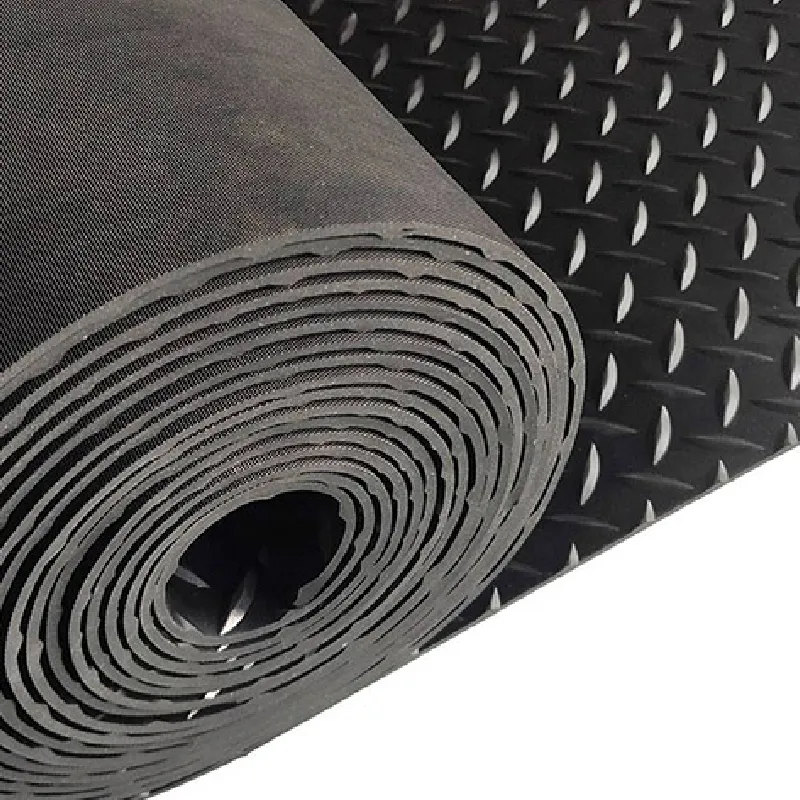Effective Weatherstripping Solutions for Commercial Doors to Enhance Energy Efficiency and Comfort
The Importance of Commercial Door Weatherstripping
In the realm of commercial buildings, every detail matters, especially when it comes to maintaining a comfortable and energy-efficient environment. One often-overlooked yet crucial component of building construction and maintenance is door weatherstripping. This article will explore the significance of commercial door weatherstripping, its benefits, different types available, and tips for proper installation.
What is Weatherstripping?
Weatherstripping refers to the material used to seal gaps around doors and windows. Its primary function is to prevent air leaks, which can lead to significant energy loss. In commercial buildings, where energy costs can be substantial, investing in high-quality weatherstripping for doors can lead to significant savings and improved comfort for occupants.
Benefits of Weatherstripping in Commercial Settings
1. Energy Efficiency One of the most prominent advantages of using weatherstripping on commercial doors is energy efficiency. Gaps in door seals can allow heated or cooled air to escape, forcing HVAC systems to work harder and ultimately increasing energy consumption. By installing effective weatherstripping, businesses can maintain their desired indoor temperature without excessive energy use.
2. Cost Savings While the initial investment in weatherstripping may seem insignificant compared to other building materials and systems, the long-term cost savings can be substantial. Reducing energy loss translates to lower utility bills. Moreover, weatherstripping can prolong the lifespan of HVAC systems by reducing the workload, leading to fewer repairs and replacements over time.
3. Improved Comfort Drafty doors can create uncomfortable indoor environments, leading to employee dissatisfaction and decreased productivity. Weatherstripping eliminates drafts and helps maintain a consistent temperature throughout the space, ensuring that employees, clients, and visitors feel comfortable regardless of the weather outside.
4. Noise Reduction In bustling commercial areas, noise can be a significant distraction. Weatherstripping can help minimize sound transmission between the outside environment and the interior of a building. This can be particularly beneficial for businesses that require a quiet atmosphere, such as offices, schools, or healthcare facilities.
5. Pest Prevention Gaps around doors are not only entry points for air but also for pests. Effective weatherstripping helps to keep insects and rodents out, protecting the health and hygiene of commercial spaces, as well as safeguarding inventory and equipment.
Types of Weatherstripping
commercial door weatherstripping

There are several types of weatherstripping materials available, each suited for different applications
1. V-strip Also known as tension seal, this material is made from durable plastic or metal and is best for sealing the sides of doors. Its design allows it to compress and expand, adapting to changes in temperature.
2. Foam tape This is a soft, flexible material that can conform to irregular surfaces. It's easy to install and is often used for sealing gaps around door frames.
3. Door sweeps Installed at the bottom of a door, these can be made of rubber, vinyl, or bristle and help seal the gap between the door and the floor, preventing drafts and keeping out dirt and moisture.
4. Magnetic strips Ideal for metal doors, magnetic strips create a tight seal when the door is closed, ensuring no air can escape.
Installation Tips
Proper installation of weatherstripping is essential for maximizing its effectiveness. Here are some tips
- Clean the Surface Before installing weatherstripping, ensure that the surfaces are clean and dry to allow for a better seal. - Measure Accurately Take precise measurements to cut the weatherstripping to the right length. This prevents gaps that can reduce effectiveness. - Follow Manufacturer Instructions Different materials will have specific installation procedures. Always follow the manufacturer's guidelines for best results.
Conclusion
In conclusion, commercial door weatherstripping plays a vital role in energy efficiency, cost savings, and overall comfort in commercial buildings. By understanding its benefits and types, and following proper installation practices, building managers can ensure their properties are well-sealed against the elements, leading to a more sustainable and productive environment. Investing in weatherstripping is not just an aesthetic upgrade; it is a practical measure that pays off in numerous ways.
-
Under Door Draught Stopper: Essential ProtectionNewsJul.31,2025
-
Garage Door Seal and Weatherstrips for ProtectionNewsJul.31,2025
-
Edge Banding Tape for Perfect EdgesNewsJul.31,2025
-
Table Corner Guards and Wall Corner ProtectorsNewsJul.31,2025
-
Stair Nose Edging Trim and Tile Stair SolutionsNewsJul.31,2025
-
Truck Bed Rubber Mats for Pickup BedsNewsJul.31,2025
-
Window Weather Stripping for Noise ReductionNewsJul.29,2025